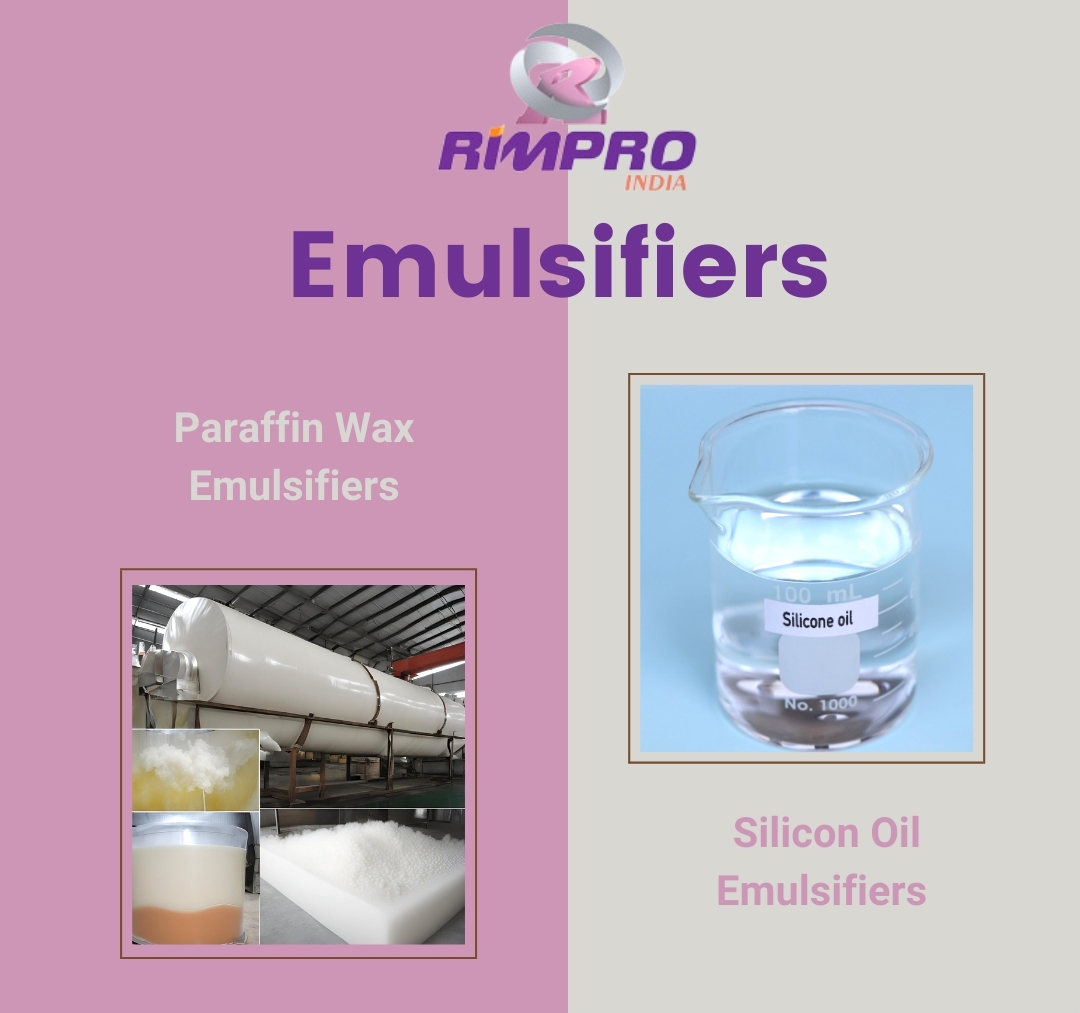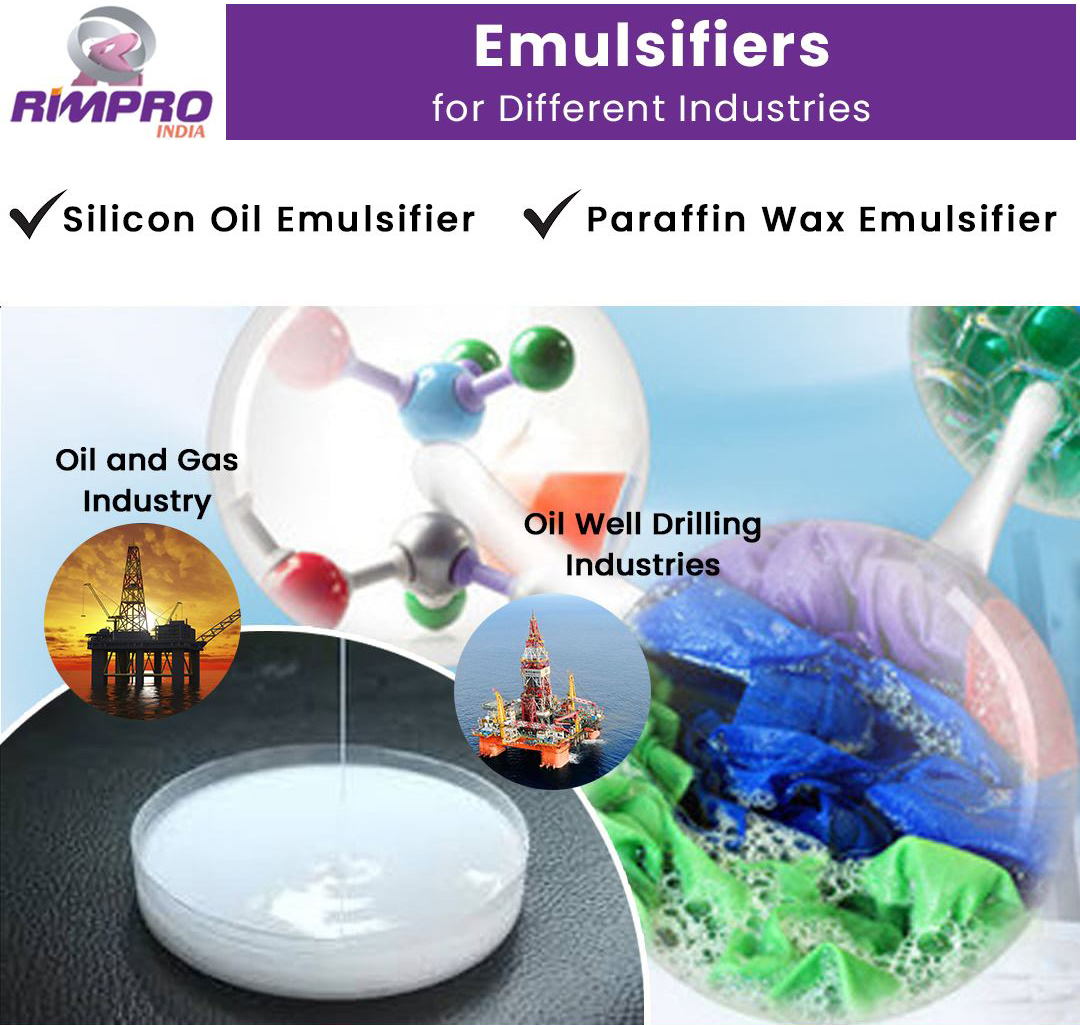Emulsifiers are vital chemical compounds that facilitate the blending of immiscible liquids, such as oil and water. Their applications span across various industries, including food, pharmaceuticals, cosmetics, and petrochemicals. In Asia, the demand for emulsifiers, particularly in China and India, has been witnessing significant growth due to industrial expansion, urbanization, and increasing consumer awareness regarding product quality. This article explores the demand dynamics for emulsifiers in these two major Asian markets, highlighting trends, challenges, and future prospects.
The Role of Emulsifiers
Emulsifiers are surfactants that stabilize emulsions, which are mixtures of two or more immiscible liquids. They work by reducing the surface tension at the interface between the liquids, preventing separation. In the food industry, emulsifiers are essential for maintaining texture, flavor, and shelf life. In pharmaceuticals, they enhance the bioavailability of active ingredients, while in cosmetics, they improve product consistency and stability.
Types of Emulsifiers
- Natural Emulsifiers: Derived from plants and animals, these include lecithin and casein. They are increasingly popular due to the growing trend towards natural and organic products.
- Synthetic Emulsifiers: These include mono- and diglycerides, sorbitan esters, and polysorbates, which are widely used due to their effectiveness and versatility.
- Non-Ionic Emulsifiers: These are stable across a range of pH levels and are less sensitive to ionic strength, making them ideal for various applications.

Demand Dynamics in China
China is the largest consumer of emulsifiers in Asia, driven by its rapidly growing food and beverage sector, increasing disposable income, and shifting consumer preferences toward processed foods. The demand for emulsifiers in China is projected to grow at a robust pace, with key factors influencing this growth outlined below.
Key Drivers of Demand
- Rapid Urbanization: With a population exceeding 1.4 billion, China’s urbanization is creating a significant demand for processed and convenience foods, which require emulsifiers for product stability and quality.
- Food Industry Expansion: The food industry in China is experiencing rapid growth, with increasing consumption of baked goods, dairy products, and sauces. Emulsifiers play a critical role in enhancing the texture and shelf life of these products.
- Health Consciousness: As consumers become more health-conscious, there is a rising demand for functional foods that are enriched with vitamins and nutrients. Emulsifiers are used to improve the bioavailability of these nutrients, further driving their demand.
Market Challenges
Despite the positive growth trajectory, the emulsifier market in China faces several challenges:
- Regulatory Compliance: Stringent regulations regarding food safety and product labeling can pose challenges for manufacturers seeking to introduce new emulsifier formulations.
- Market Competition: The market is characterized by intense competition among local and international players, which can drive down prices and profit margins.
Demand Dynamics in India
India is emerging as a key market for emulsifiers, driven by its growing population, increasing urbanization, and the expansion of the food and beverage industry. The demand for emulsifiers in India is expected to see substantial growth, influenced by several factors.
Key Drivers of Demand
- Growing Food Processing Industry: The Indian food processing industry is projected to reach $535 billion by 2025. As more food products undergo processing, the need for emulsifiers to enhance product stability and texture becomes increasingly vital.
- Changing Dietary Preferences: The rise of western dietary patterns, including fast food consumption and convenience products, is driving the demand for emulsifiers that stabilize sauces, dressings, and ready-to-eat meals.
- Rising Disposable Incomes: With an expanding middle class, more consumers are willing to spend on quality food products, which often contain emulsifiers to improve taste and texture.
Market Challenges
India’s emulsifier market is not without its challenges:
- Supply Chain Issues: The country faces supply chain constraints, particularly in sourcing high-quality raw materials for emulsifier production, which can hinder growth.
- Price Sensitivity: Indian consumers are price-sensitive, which may limit the pricing strategies of emulsifier manufacturers.
Comparative Analysis: China vs. India
While both China and India present significant opportunities for emulsifier manufacturers, there are notable differences in market dynamics and growth potential.
- Market Size: China has a larger market size for emulsifiers due to its established food processing and cosmetic industries. In contrast, India’s market is still developing but shows rapid growth potential.
- Consumer Behavior: Chinese consumers are increasingly opting for high-quality processed foods, while Indian consumers are transitioning towards convenience foods, influenced by urbanization and changing lifestyles.
- Regulatory Environment: China’s regulatory framework for food additives is more stringent compared to India’s, which may pose challenges for new entrants in the Chinese market.
Future Outlook
The emulsifier market in Asia, particularly in China and India, is poised for significant growth. With increasing urbanization, rising disposable incomes, and evolving consumer preferences, the demand for emulsifiers will continue to rise across various industries.

Innovation and Sustainability
Innovation will play a critical role in shaping the future of the emulsifier market. Manufacturers are increasingly focusing on developing sustainable emulsifiers derived from natural sources to meet the growing consumer demand for clean label products. This shift towards sustainability will not only enhance product appeal but also align with global trends towards environmentally-friendly practices.
Technological Advancements
Advancements in technology will also drive the emulsifier market. Innovations in processing techniques, formulation development, and product delivery systems will enhance the performance and efficiency of emulsifiers. Companies that invest in research and development will likely gain a competitive edge in the market.
Conclusion
The demand for emulsifiers in the Asian markets, particularly in China and India, is driven by a combination of factors including industrial growth, changing consumer preferences, and increasing health consciousness. While both countries offer substantial growth opportunities, manufacturers must navigate various challenges, including regulatory compliance and market competition.
As the market evolves, the focus on sustainable and innovative emulsifier solutions will be critical in meeting consumer demands and fostering industry growth. The future of emulsifiers in Asia looks promising, paving the way for significant advancements in various sectors, from food and beverage to pharmaceuticals and cosmetics.

